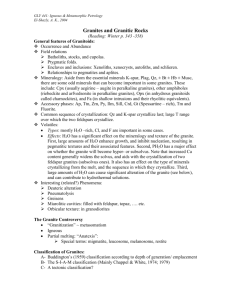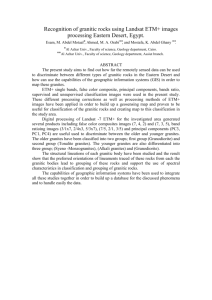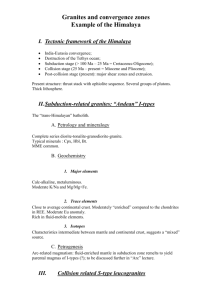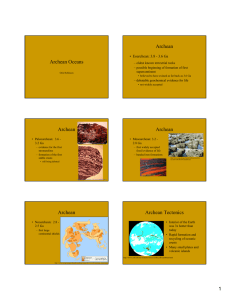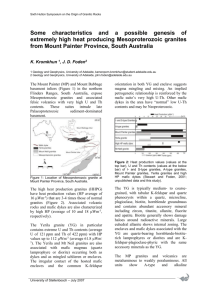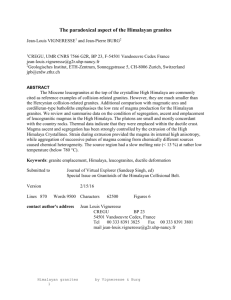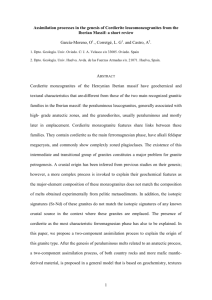petrography, petrogenesis and economic potential
advertisement
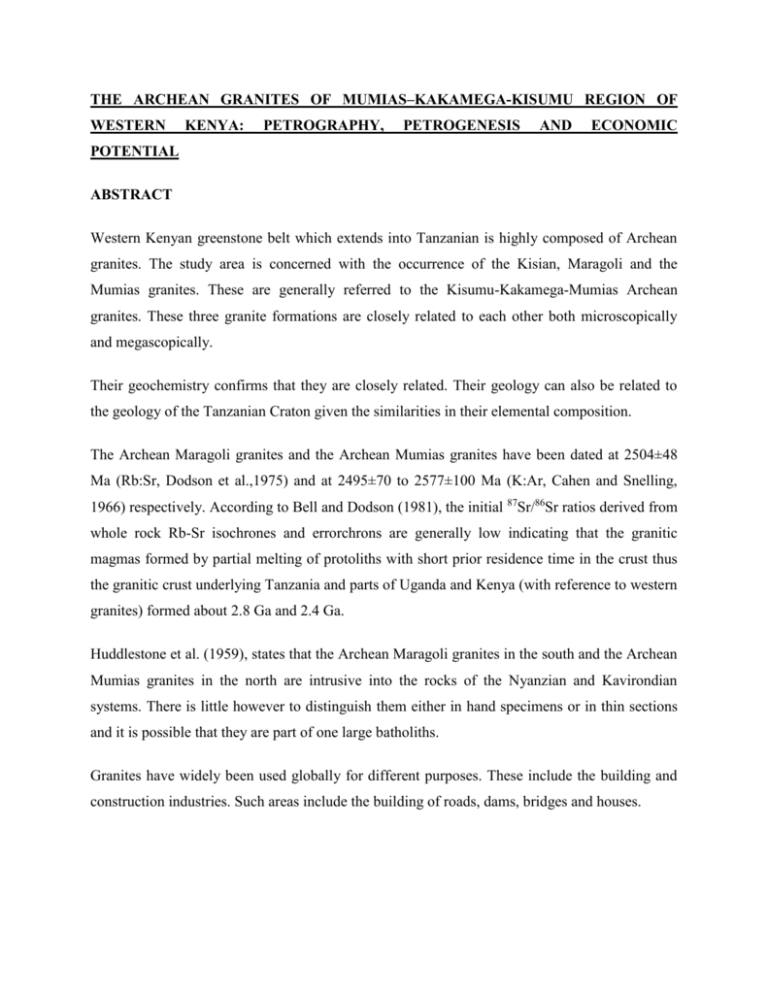
THE ARCHEAN GRANITES OF MUMIAS–KAKAMEGA-KISUMU REGION OF WESTERN KENYA: PETROGRAPHY, PETROGENESIS AND ECONOMIC POTENTIAL ABSTRACT Western Kenyan greenstone belt which extends into Tanzanian is highly composed of Archean granites. The study area is concerned with the occurrence of the Kisian, Maragoli and the Mumias granites. These are generally referred to the Kisumu-Kakamega-Mumias Archean granites. These three granite formations are closely related to each other both microscopically and megascopically. Their geochemistry confirms that they are closely related. Their geology can also be related to the geology of the Tanzanian Craton given the similarities in their elemental composition. The Archean Maragoli granites and the Archean Mumias granites have been dated at 2504±48 Ma (Rb:Sr, Dodson et al.,1975) and at 2495±70 to 2577±100 Ma (K:Ar, Cahen and Snelling, 1966) respectively. According to Bell and Dodson (1981), the initial 87Sr/86Sr ratios derived from whole rock Rb-Sr isochrones and errorchrons are generally low indicating that the granitic magmas formed by partial melting of protoliths with short prior residence time in the crust thus the granitic crust underlying Tanzania and parts of Uganda and Kenya (with reference to western granites) formed about 2.8 Ga and 2.4 Ga. Huddlestone et al. (1959), states that the Archean Maragoli granites in the south and the Archean Mumias granites in the north are intrusive into the rocks of the Nyanzian and Kavirondian systems. There is little however to distinguish them either in hand specimens or in thin sections and it is possible that they are part of one large batholiths. Granites have widely been used globally for different purposes. These include the building and construction industries. Such areas include the building of roads, dams, bridges and houses.
